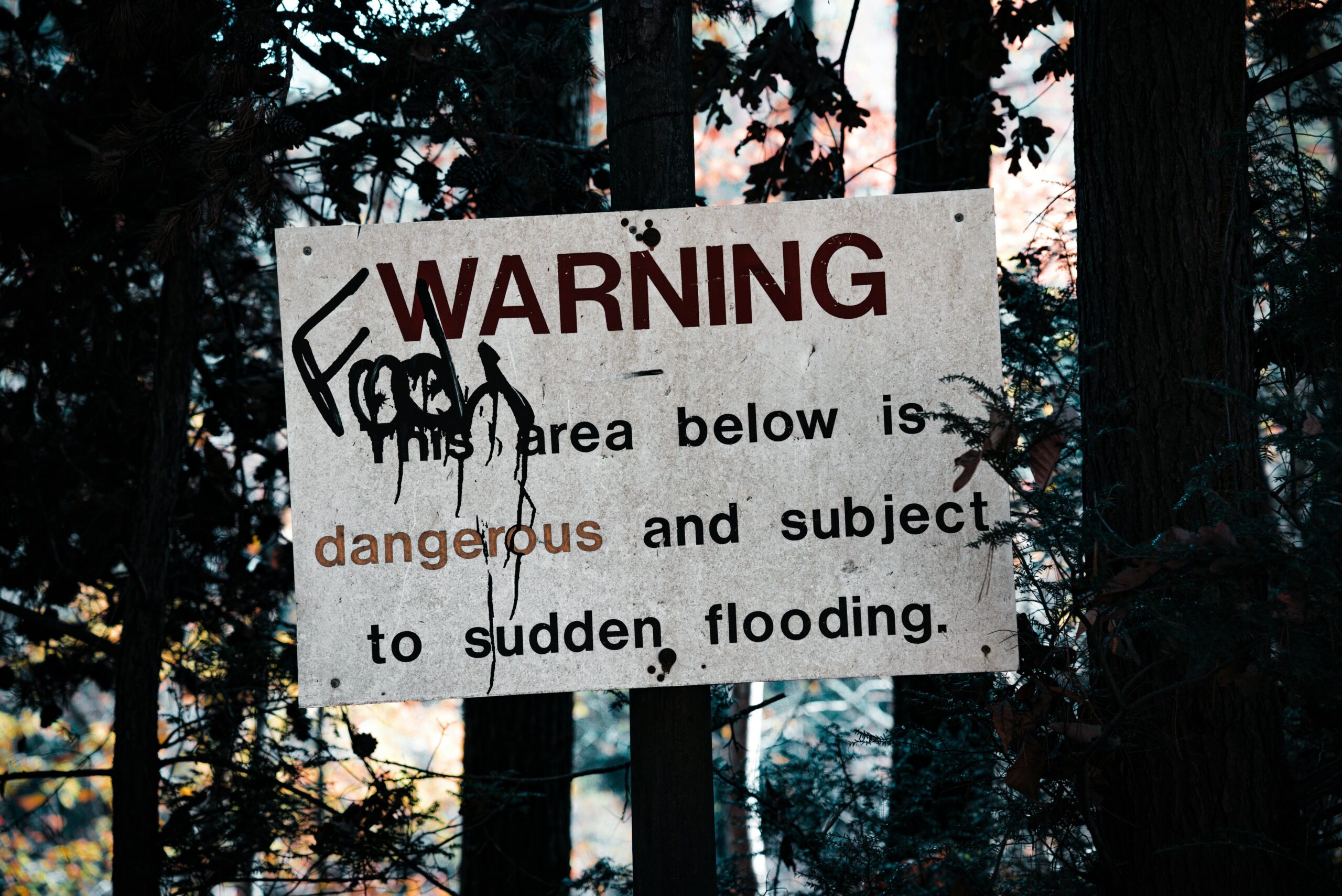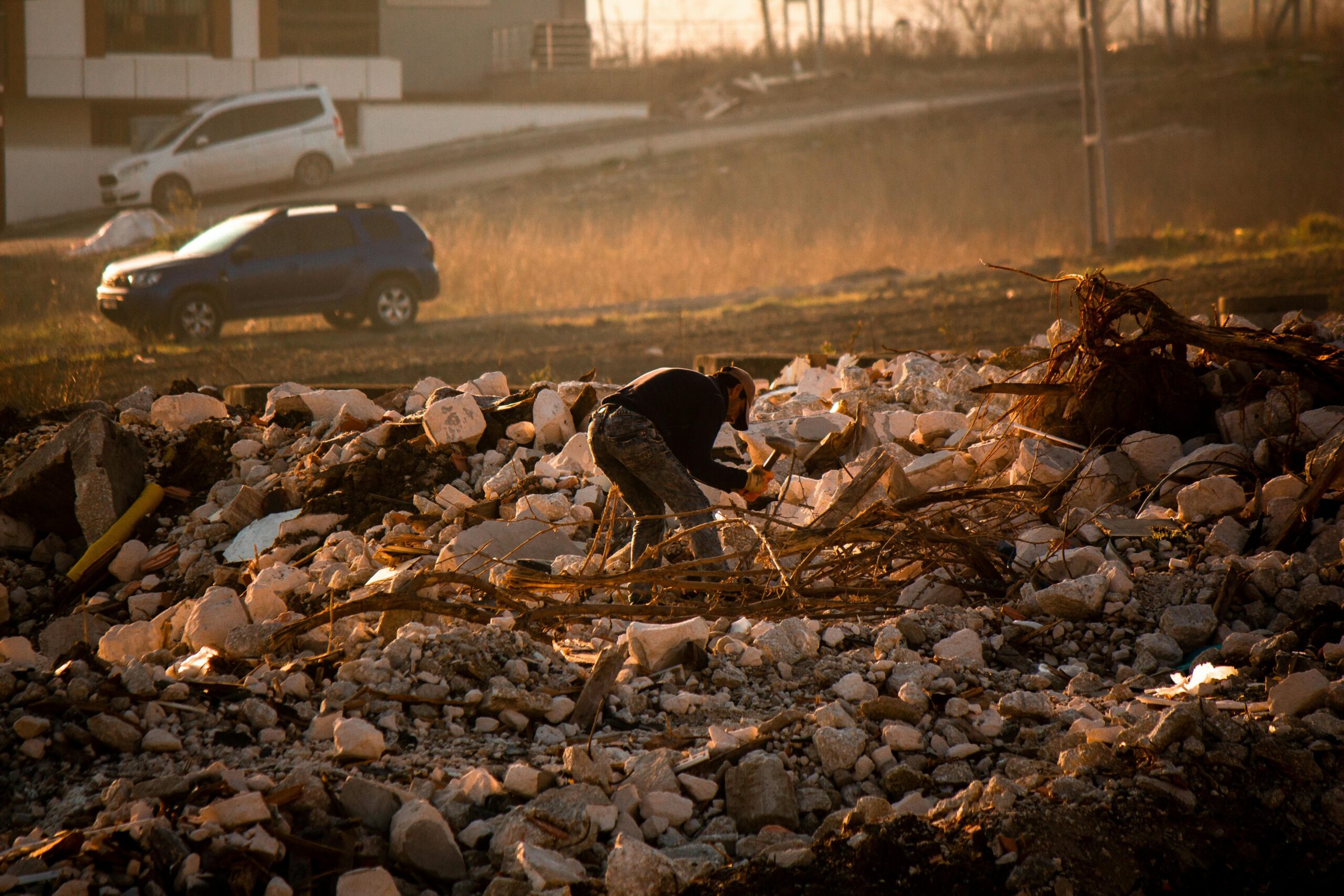Did you know that nearly 60% of environmental cleanups exceed their initial budgets, leaving businesses scrambling to cover unexpected costs? If you’re dealing with pollution insurance and site remediation projects, understanding how to craft a realistic budget isn’t just smart—it’s survival.
This blog dives into the messy world of site remediation budgets and pollution insurance. You’ll learn what goes into these budgets, common mistakes people make, actionable tips to keep costs under control, and real-world examples of success (and failure). Plus, we’ll cap it off with some quirky fun because… why not?
Table of Contents
- The Nightmare of Underestimating Site Remediation Costs
- How to Build a Realistic Site Remediation Budget
- Pro Tips for Staying Within Your Budget
- Real-World Lessons in Site Remediation
- Frequently Asked Questions About Site Remediation Budgets
Key Takeaways
- Underestimating remediation costs can lead to financial chaos; always prepare for contingencies.
- Pollution insurance is essential but must align with your specific risk profile.
- A well-structured budget includes detailed cost estimates, regulatory compliance fees, and buffers for surprises.
Why Are Site Remediation Budgets Such a Pain Point?
Site remediation—the process of cleaning up contaminated land or water—isn’t just about tossing money at an issue. It’s a logistical nightmare filled with hidden curveballs like:
- Toxic chemicals no one told you were there.
- Ever-changing regulations that feel like they’re plotting against you personally.
- Expensive contractors who might as well charge by the hour while sipping espresso.
And here’s my confession: I once worked on a project where we ignored expert advice to test soil composition early on. Big mistake. Midway through cleanup, we discovered trace amounts of arsenic. Cue the budget blowout and two months of panicked emails.

How to Build a Realistic Site Remediation Budget
Crafting a solid budget requires more than wishful thinking. Here’s how to do it right:
Step 1: Conduct Comprehensive Testing
Before anything else, hire experts to assess the contamination levels. This step may feel pricey upfront, but trust me—it saves thousands later.

Step 2: Factor In Regulatory Compliance
Environmental regulations vary wildly depending on location. Work closely with legal advisors to ensure your plan meets all requirements—or face fines so steep they’d make your wallet cry.
Step 3: Plan for Contingencies
Even the best-laid plans hit snags. Add a buffer—ideally 20%-30%—to account for unforeseen expenses. Optimist Me: “We won’t need this!” Grumpy Me: “Oh yes, we will.”
Pro Tips for Nailing Your Site Remediation Budget
- Nail Down Scope Early: Avoid scope creep like the plague. Define exactly what needs fixing from day one.
- Leverage Pollution Insurance Wisely: Choose policies tailored to your industry and risk level. Don’t skimp on coverage—just don’t overpay either.
- Don’t Skip Community Engagement: Keep stakeholders informed to avoid costly PR disasters.
**Bonus Tip:** Terrible idea alert! Trying to DIY everything without professional help seems thrifty until toxic waste starts leaking into groundwater. Yeah, don’t do that.

Lessons Learned: The Good, The Bad, The Ugly
Case Study 1: A Victory Story
In 2020, ABC Construction faced a $5M cleanup after discovering oil contamination during excavation. Thanks to meticulous planning—and using pollution insurance effectively—they completed the job within budget. Their secret? Preemptive testing and transparent communication with regulators.
Case Study 2: A Cautionary Tale
XYZ Manufacturing didn’t bother with thorough testing before starting a project. Fast forward six months, and they uncovered heavy metals requiring specialized disposal. Final bill? $8M instead of the projected $3M. Ouch.

Answers to Your Burning Questions About Site Remediation Budgets
What Does Pollution Insurance Cover?
Pollution insurance helps pay for cleanup costs, legal liabilities, and third-party damages caused by contamination incidents. For example, if toxins leach into neighboring properties, your policy should have your back.
Can Small Businesses Afford Remediation?
Absolutely—but only if you plan carefully. Check out EPA resources for low-cost solutions and grants available to smaller operations.
Why Are Contingency Funds Important?
Remediation rarely goes perfectly. Having extra funds prevents last-minute scrambles when something inevitably goes sideways (like finding asbestos).
Conclusion
Creating a foolproof site remediation budget takes effort, expertise, and plenty of caffeine. But with careful planning and pollution insurance in place, you can mitigate risks and save yourself from financial ruin. Remember, preparation beats panic every time!
And now, because life’s better with laughter…
Soil samples come, Regulations loom overhead, Coffee fuels our fight.


